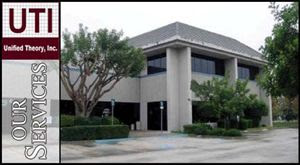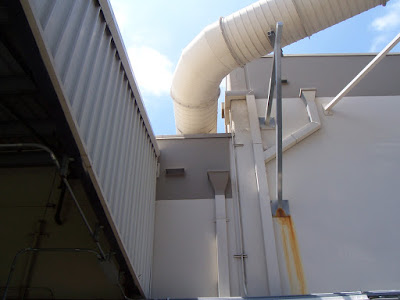
KNF supplies pumps to provide rugged, durable pumping performance in a wide variety of industrial applications. For over 50 years, these heavy-duty pumps excel while handling even the most difficult corrosive applications. All KNF pumps are completely oil-free, and offer contamination-free operation.
They offer several categories of pumps for the industrial market:
*Heated-head and heat-resistant pumps for exhaust emission and stack-gas sampling
*Pumps for use in ATEX and Class I, Div I, Groups C and D explosive atmospheres
*Double diaphragm pumps to safely handle rare or dangerous gases
*High flow, corrosion-resistant sampling pumps for the chemical industry
*Leak-tight specific pumps for use with sensitive combustion analyzers.




